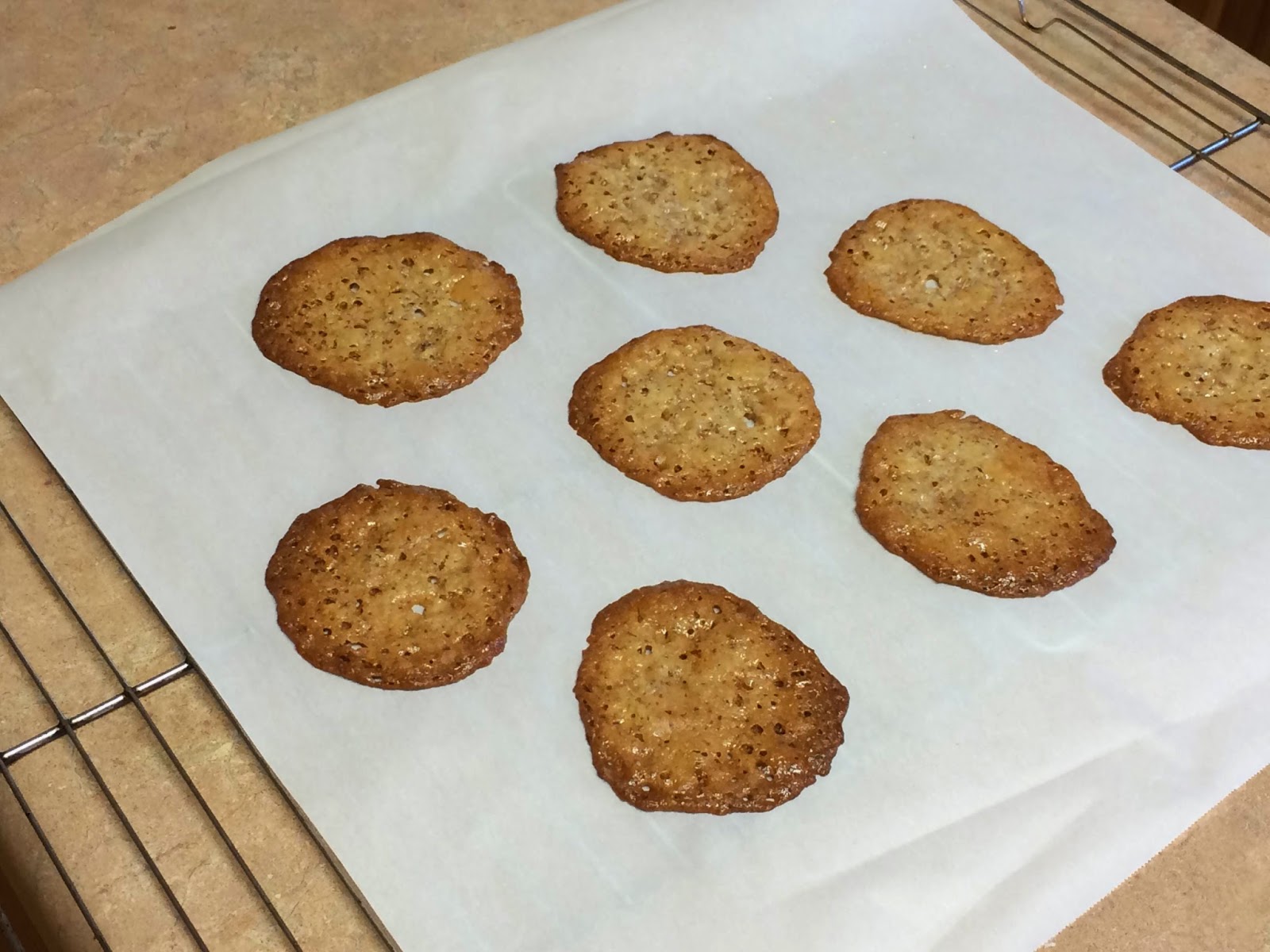"Liberation of St. Peter" by Murillo
"On the very night before Herod was to bring
him to trial, Peter, secured by double chains, was sleeping between two
soldiers, while outside the door guards kept watch on the prison. Suddenly the angel of the Lord stood by him and a light shone in
the cell. He tapped Peter on the side and awakened him, saying, “Get up
quickly.” The chains fell from his wrists." ~Acts 12:6-7
The feast of St. Peter in Chains was a feast day
commemorated on August 1st to recall St. Peter's miraculous release from imprisonment and the dedication in the 4th century of the church Pietro in Vincoli - St. Peter in Chains in Rome . The church holds the reliquary containing
the chains of St. Peter.
The feast day is no longer on the current liturgical calendar but definitely one that can be recognized. I think the imagery of chains is very vivid - one that makes an impression, so would be good to talk about and discuss with our children.
This feast was also called "Lammas Day" or
"Loaf Mass Day" because this day was offered as thanksgiving for the
wheat harvest, used for the bread that becomes the Eucharist. Florence Berger
discusses the connections between the liturgical year and agrarian life.
Bread is the most common product made from wheat – it is
used to celebrate in all cultures and is symbolic of life and abundance.
We have discussed its significance in past posts here; Staples of Our Feastday Celebrations Part One: Bread and Bread – A Staple of the Liturgical Year Celebrations. So making a bread of some sort to commemorate this day would be appropriate. And shaping it into links to form a bread chain uses that vivid image to a dramatic culinary advantage. Use any bread or pretzel recipe, such as the one suggested by Jessica in her St. Peter’s Keys post or even a pre-made refrigerator dough in a pinch.
Ingredients:
1 1/2 cups warm water
1 package yeast
1 tablespoon sugar
1 tablespoon salt
4 cups flour
1 egg (optional)
Directions:
Dissolve the yeast in warm water. Add the sugar and
salt. Mix in the flour and knead until the dough is smooth. Roll out dough and form into desired shape - in this case into links. Connect the links to form a chain. Brush the dough with a beaten egg for a golden finish if desired. Bake in a preheated oven at 425˚F for 15 minutes.
Another idea that came to mind with the chain shaped dough was to place it along the outside ring of a pizza crust so the pizza would be circled in chain. A dinner idea for the feast day. Blessings to all!
~ ~ ~ ~ ~ ~ ~ ~ ~ ~ ~ ~ ~ ~ ~ ~ ~ ~ ~ ~ ~ ~ ~ ~ ~ ~ ~ ~ ~ ~ ~ ~ ~ ~
Because of the symoblism of this feast and since St. Peter is their patron, The Priestly Fraternity of St. Peter has asked all of its
apostolates around the world to dedicate Friday, August 1 to a day of prayer
and penance for the Christians who are suffering terrible persecution in Iraq,
Syria and elsewhere in the Middle East.


























